2 Kids Best Friend Colour Changing Mood Rings & Free Mood Charts
There are also commonly noted psychological effects of color as it relates to two main categories: warm and cool. Warm colors - such as red, yellow and orange - can spark a variety of emotions ranging from comfort and warmth to hostility and anger. Cool colors - such as green, blue and purple - often spark feelings of calmness as well.

Pin by Teresa Mitchell on The many moods of ME Feelings chart, Mood
14 The meaning of color words in a cross-linguistic perspective 295 anna wierzbicka Part V Color symbolism and association 15 Early color symbolism 319 ian watts 16 Symbolic use of color in ritual, tradition, and folklore 340 john b. hutchings 17 Color in camouflage, mimicry, and warning signals 357 martin stevens, lina marı´a arenas, and.

Interior Design • How it Affects Human Behavior Color psychology
Color and Psychology. Color psychology connects colors with emotions and behavior. It reveals how color plays a role in your moods and can even be incorporated into your wellness routines. For.
Morning MakeUp Call WHAT COLOR MOOD ARE YOU IN THIS MORNING?
Purple and blue make people feel cool. Purple is one of those cool colors that trigger many emotions. Visually, the color purple can be either warm or cool, depending on the shade used. The color psychology of purple runs deep. Purple was once highly sought after as it was very expensive to make.
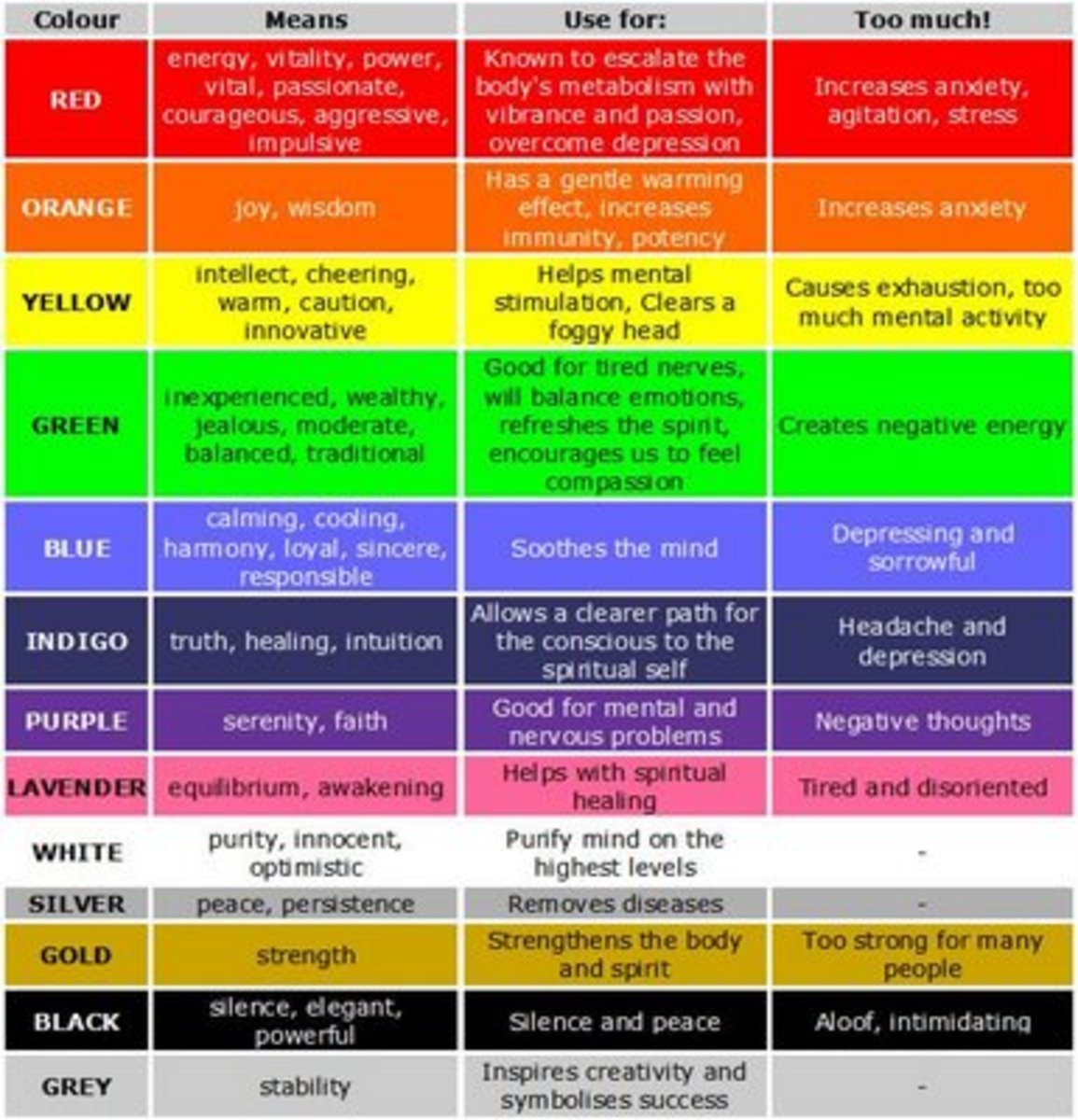
How Color Affects Our Moods and Health and How to Use Color Therapy to
Crying, smiling, raising one's chin, making oneself small, moving one's arms up and down quickly. Physiological. Support. Changes in pulse, blood flow, brain activity. Emotions influence our actions in five main ways. 1. Emotion Component. This is where an individual simply experiences the feelings.
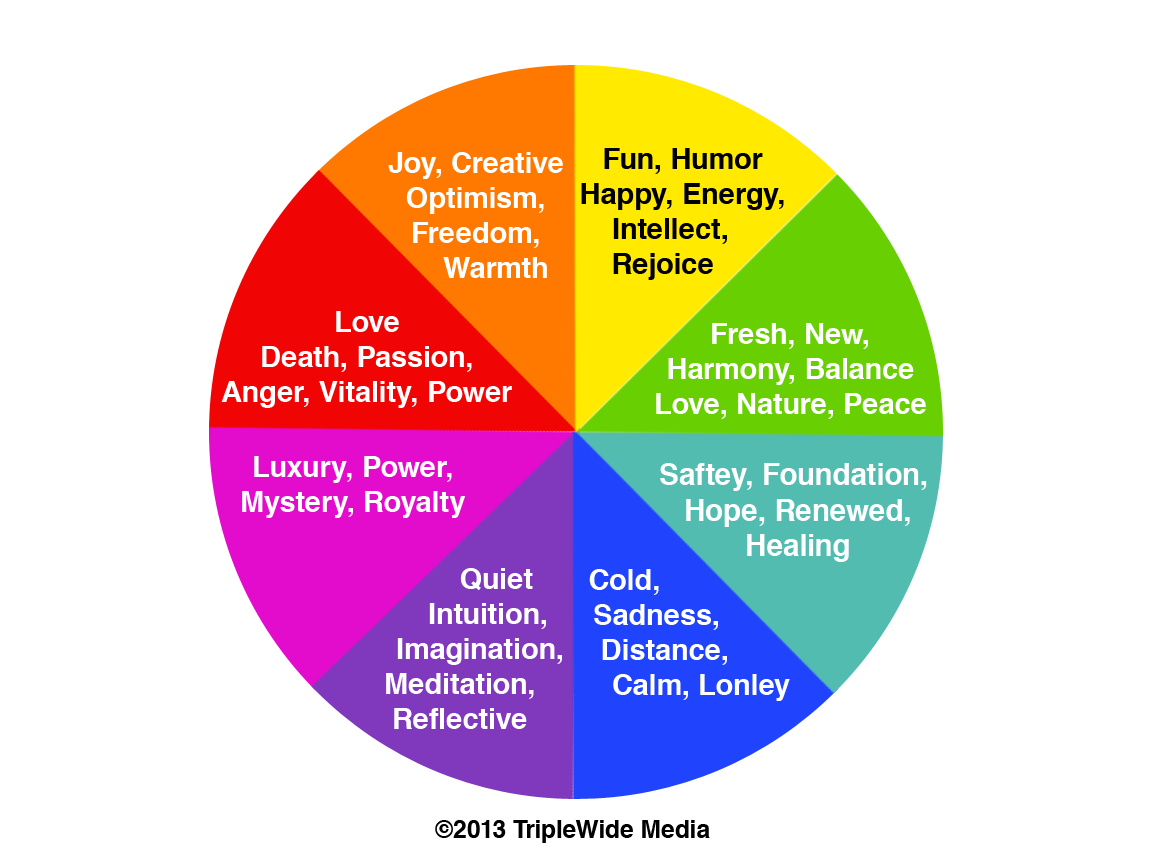
b5ColourMoodChart Spirited Exchanges Consulting
Happy Mood Colors. Colors representing emotions that are happy, tend to be warm colors. These include bright yellow, orange, red, and pink. These colors are all reminiscent of warmth, love, and joy for most people. Neon or very bright or pastels of, otherwise sad colors can also be felt as happy.
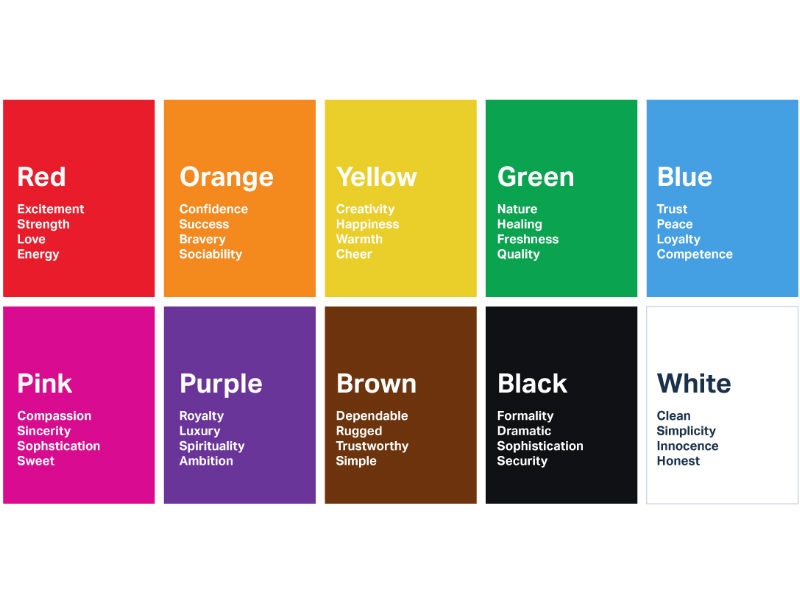
Colours Are Used to Describe Feelings Moods and Emotions LogankruwFleming
Only brown, grey, and black—that is, darker colors—were associated with negative emotions. Red was the most controversial color in terms of valence. For some, it was a very positive color.
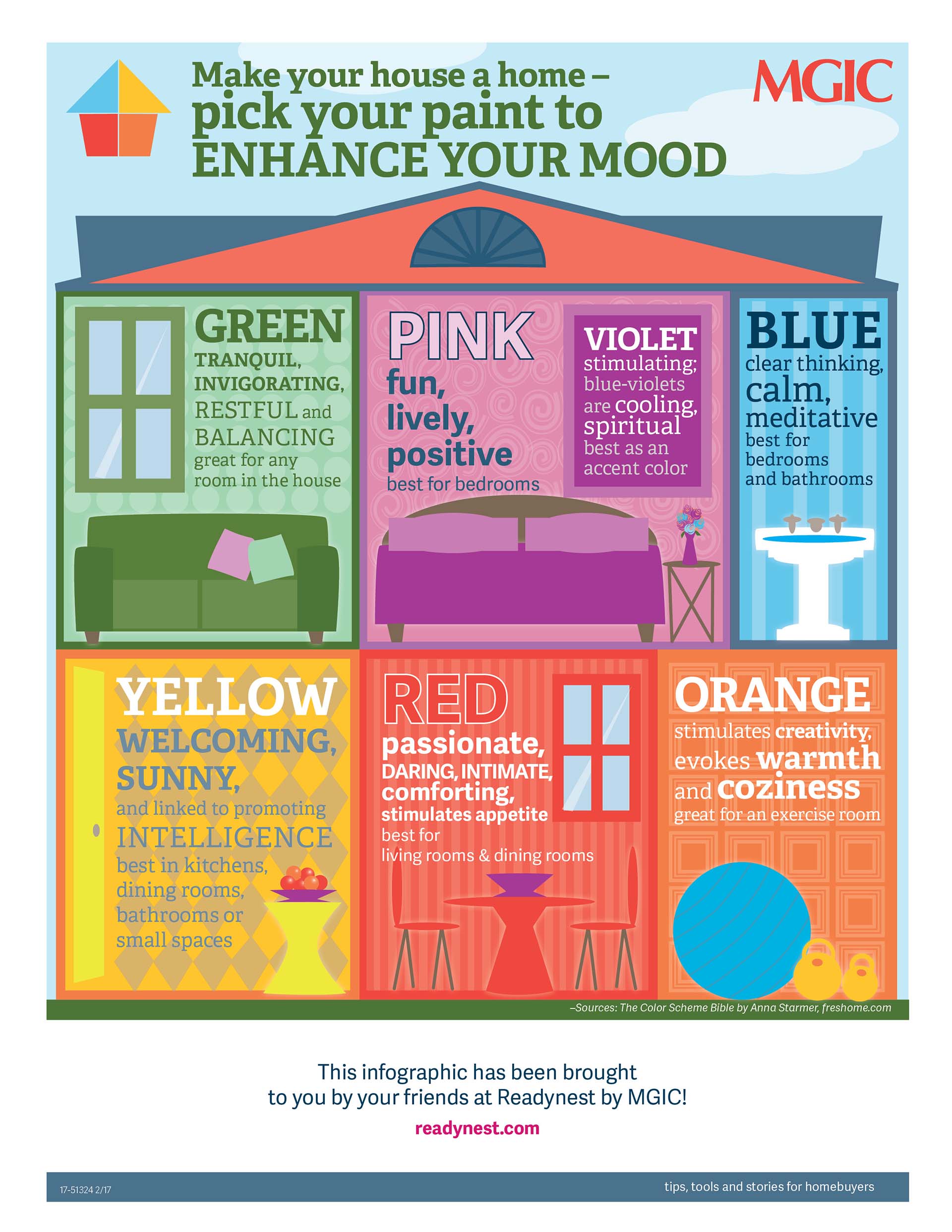
Paint Colors and Moods Infographic Readynest
Color Mood Chart. There are lots of emotions in colors. To simplify things, we have prepared a color emotion chart to summarize all the emotions associated with colors. However, shades can have a color bias (i.e., they lean towards a specific hue more), which can change or impact the associated emotions and moods.

13 best Color Meanings images on Pinterest Meaning of colors, Color
Actually, the color red can quicken breathing, increase heart rate, and make you hungrier. Colors impact our moods and our physiological responses. The color of a room dictates the ambiance it casts. When we think about interior design and what color to make each room, the choices matter.
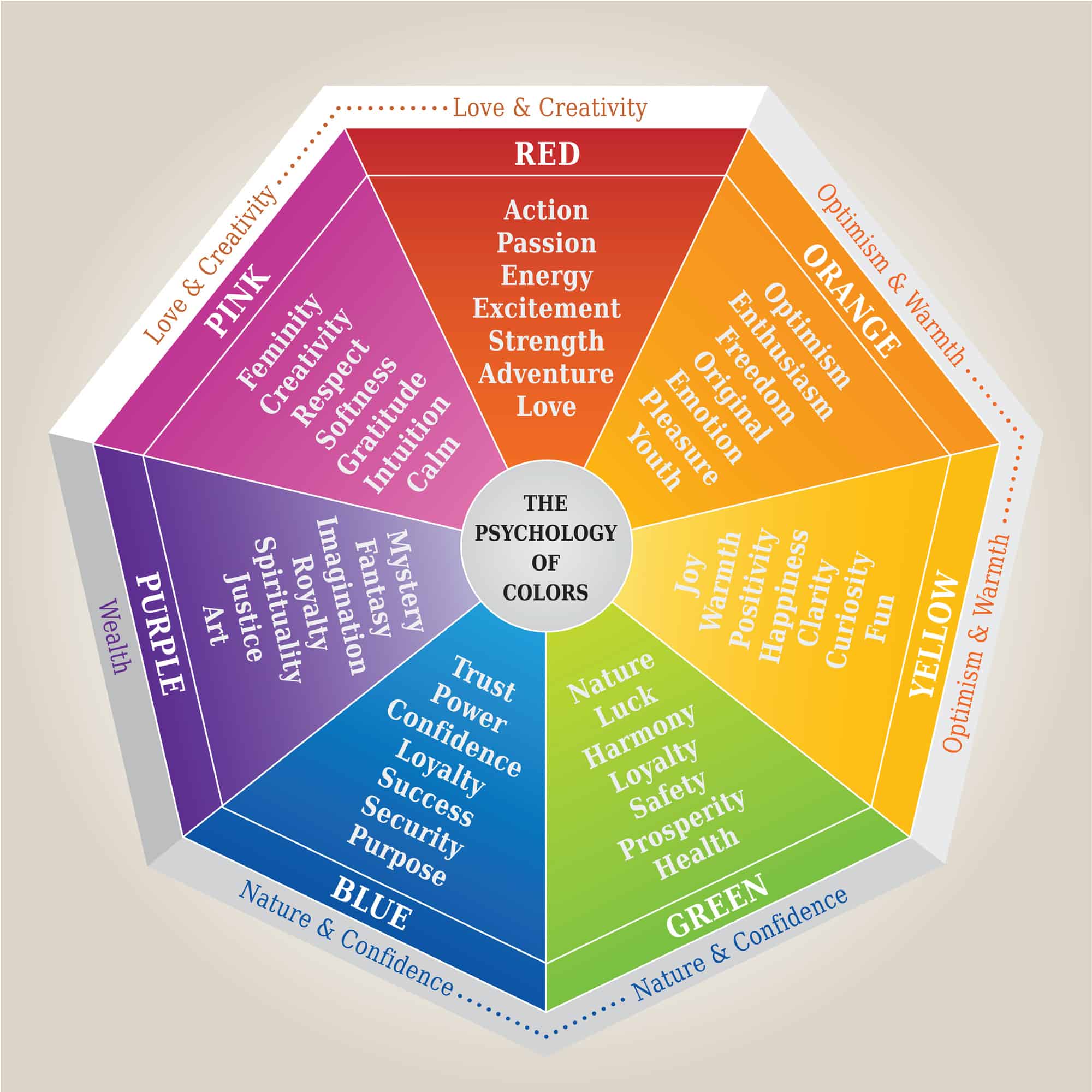
All the Different Types of Lighting for Your Home (Ultimate Guide to
The intersection of color, mood and emotion is of great interest to homeowners-particularly when it comes to, the bedroom. Color choice is personal and highly subjective: use this video to help shape your color journey as you design your own unique sleeping space. Highlights from the paint colors featured in the video include.

Glitteriny Colour Therapy
Color emotions can also be linked to muted colors, which have different psychological effects than brighter colors. Different mood colors can make you feel sad or happy, relaxed, or can even stimulate your appetite. Many of these colors associated with emotions are deeply rooted in culture, psychological experiences, and biological conditioning.
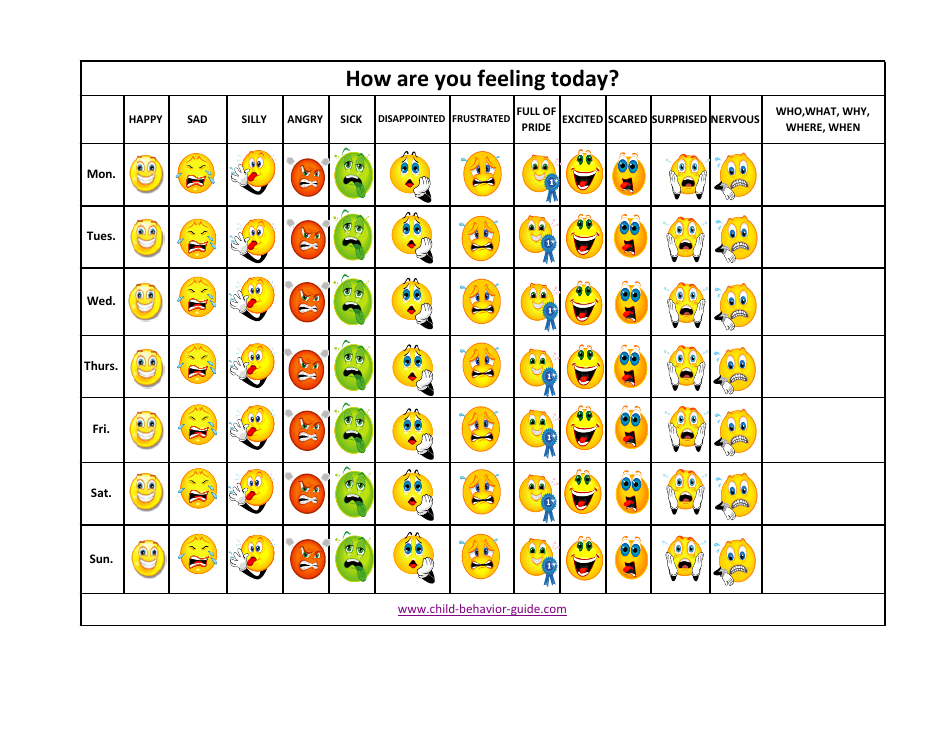
Mood Chart Template Download Printable PDF Templateroller
Step into the captivating realm of mood color meanings, a thrilling side of psychology that dives deep into the relationship between colors and our feelings. This intriguing discipline, color psychology, provides a fresh perspective to understand our emotional landscapes and plays a crucial role in our lives, perhaps more than you imagine..

Mood Swings Blogpost 1 4 Letters 1 Word = M.O.O.D.
Color psychology is the study of how different colors affect human mood and behavior. It explores how colors can influence emotional responses, as well as how responses to color are affected by factors such as age and cultural background. Different topics that are of interest in this area include:

Colour Me Happy A Complete Guide to Mindful Colouring Color mood
Color plays more of an influential role in our lives than we realize. It can affect our minds, bodies, and overall mood. How color is perceived is subjective for some, but we have colors that are widely recognized for certain things worldwide. Colors close to the red spectrum are warmer colors, including red, orange, and yellow.

colors and moods Colour meanings Pinterest Therapy
How Color Can Affect Your Mood: All About Colors and Emotions. Written by MasterClass. Last updated: Sep 9, 2022 • 3 min read. The psychology of color is a scientific field that aims to understand the impact of color on human perception. Discover how color can affect your mood and learn the importance of color application across industries.

How to Change your Mood with Colors Fab How
Mood: Individual Colors. As warm and cool colors give off certain moods, each individual color also creates a certain feel or personality in a room. The chart below relates the basic primary and secondary colors to their associated mood. Primary colors: red, yellow, blue. Secondary colors: orange, freen, violet.